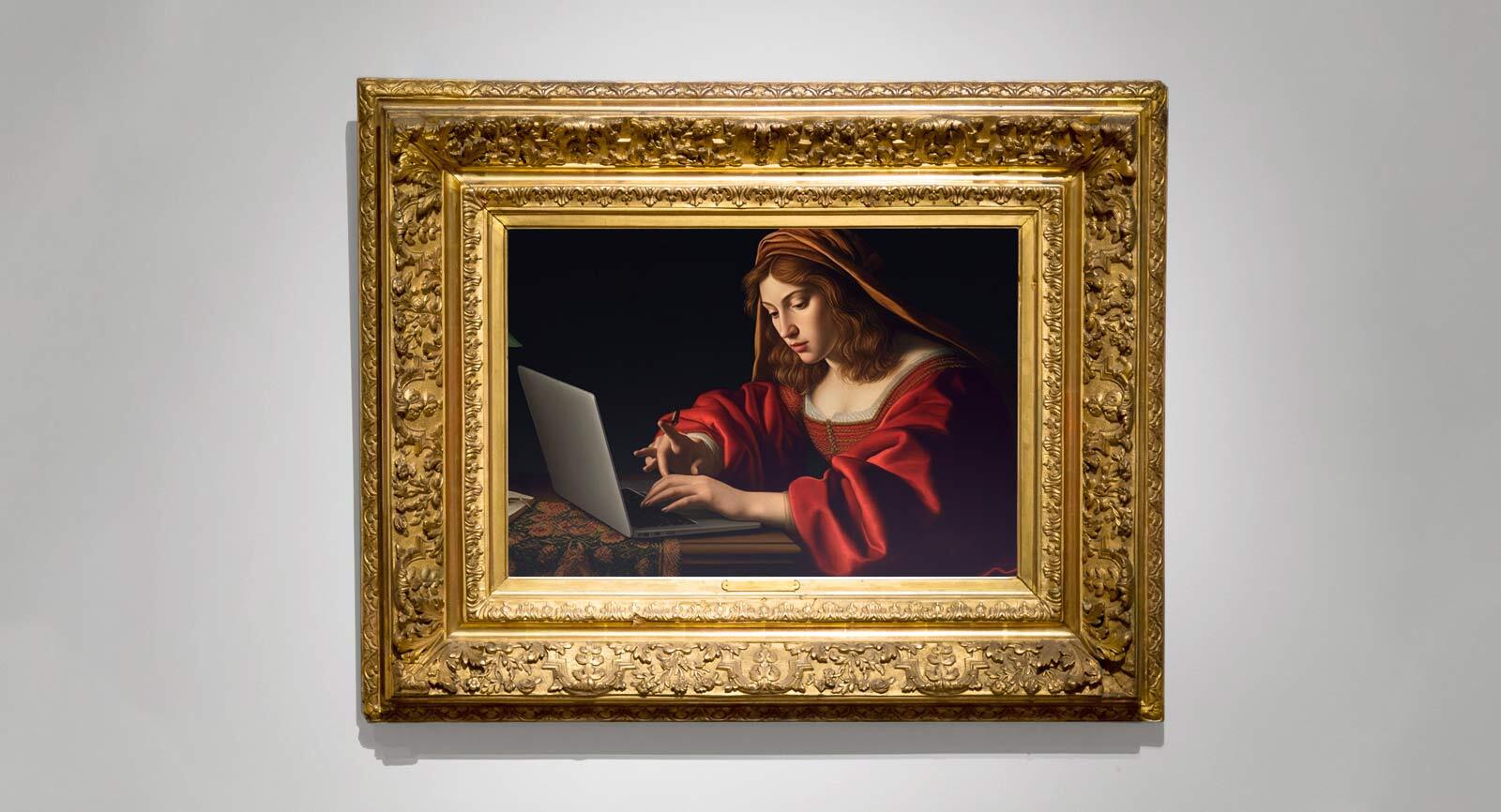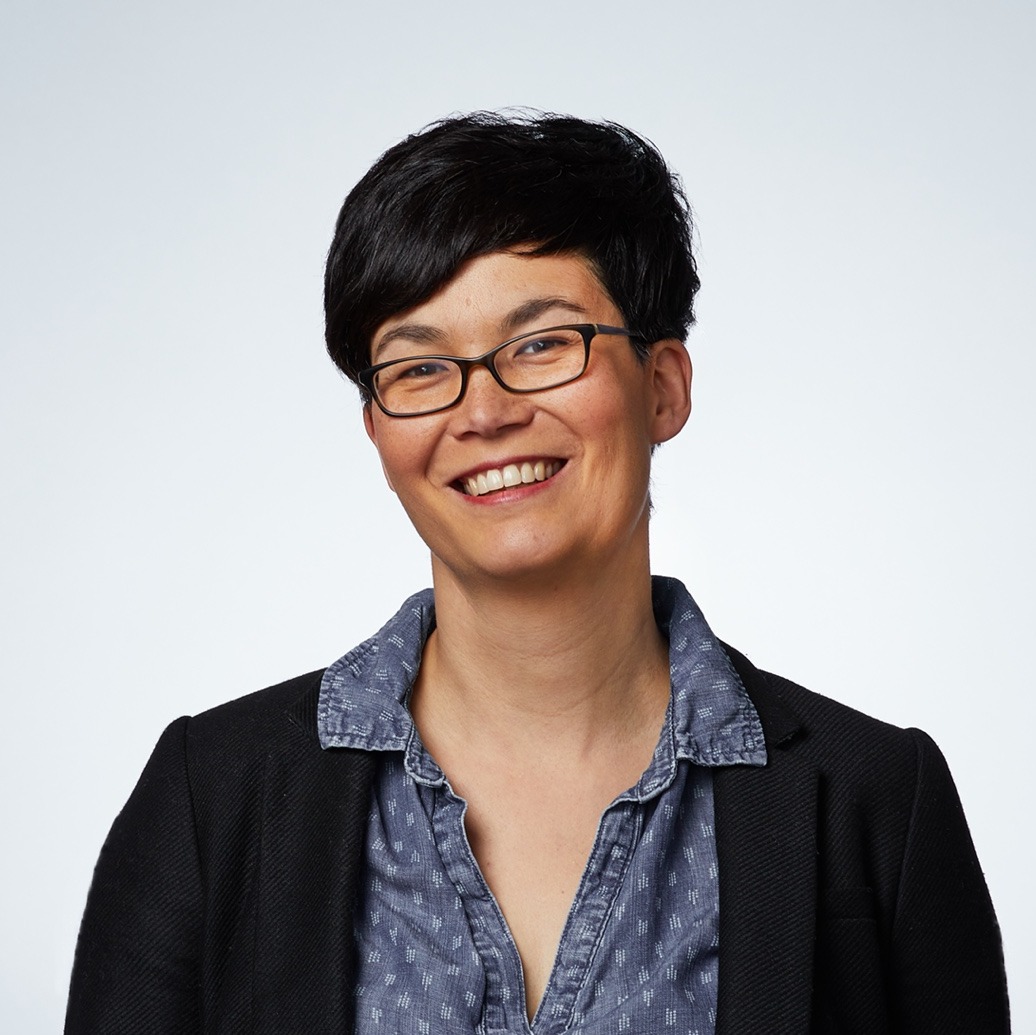
The recent controversy surrounding the Sony World Photography competition has sparked debate around the nature of photography and the implications of generative AI that can create realistic photos.
As a creator and designer, I find the recent debate surrounding the definition of a photograph to be fascinating. It’s a debate that doesn’t have a singular correct answer.
We sat down as a team at Ready State to discuss this idea, and how these technologies might impact the work we do as trained professionals for our clients. Here are 5 key themes that came from our discussion:
- The value of art and craft
- The evolution of tools and technology
- Freedom from creative limitations
- The Ethics of AI in commercial creative
- Accessibility and equity
We’ll break each down and show what we feel is most relevant for fellow creatives.
The value of art and craft
As humans and as artists, we tend to value the work that goes into making an object. There’s been a huge movement over the past few decades towards “artisanal” crafts. With technology taking over our lives, we long for handmade products and things with analog qualities. We appreciate objects that encompass mastery of technique and process.
When considering whether art made with generative AI is worthy of an award, Arturo, our motion designer, says: “I think the value is different… Human hands making those things… taking the time to dedicate themselves to learning craft and being able to do something. As far as photographs, you're capturing an image of something, a real place in time, not something that AI cobbled together.”
“That's why the old masters are always the old masters as far as paintings because they didn't have photographs. They just used their mind's eye. And they looked at it, and they painted it. That's why they're amazing.”
“I'm totally for this [generative AI] as a tool for storytelling and making things easier in the digital fashion, but for me, the value sort of ends there. If I'm going to hang something on my wall I want it to come from a human being that had to take time to think about doing it.”
The evolution of tools and technology
While admiring the foundation set by the old masters (like da Vinci, Michelangelo, and Rembrandt), David, art director at Ready State, recognizes new technologies like the invention of photography pushed artists to explore new styles like Impressionism, and eventually Modernism and Surrealism.
“Photography is a tool to create images. When photography was becoming more and more used to take portraits of people, it freed up painters. They no longer had to paint realism if photography could capture realism, so someone didn't have to stand and pose for hours for their portrait to be done. It could be done by photography in a few minutes.”
Did the new technology of cameras change the value of art by capturing images?
Ready State founder Steven Wong wonders, “if the image that won the Sony World Photography competition is so easily created using tools, is it something that should be valued and given awards?”
Ben, Ready State senior designer, sees it this way: “you can make that same argument about the calculator. We don't have to do it on the chalkboard anymore so should we value it? I think it's just a tool of the process. If it gets you there quicker, then great.”
“There's going to be people that still want to do things by hand because they feel it's a better process. But maybe this makes things more accessible, which will lead to a lot of great things. Having that traditional knowledge of where these processes came from, these methodologies will give you a leg up over someone that might not have that background experience.”
Freedom from creative limitations
Generating an image by simply writing the right words in the correct order—for an algorithm to create upon—opens up doors for individuals who may not be trained in traditional visual tools or design methodologies.
David says, “The text-to-image creation and the lowering the barrier to making creative production more accessible, I think is the big change.”
Having experienced this freedom recently, I chimed in, “I've never felt satisfied with my own personal ability to execute on my creative vision. I feel like this tool from a direction standpoint could be really powerful for creators to get their vision across more succinctly. It could be as simple as moodboarding and helping a team understand what you're trying to say visually, right? But it could also be as extreme as, for instance, Wes Anderson wanting to make a movie alone with no crew.”
The Ethics of AI in commercial creative
Steven asked us to consider where things could go wrong with generative AI. I think we all agree that authenticity and transparency are areas where we could use some guidance, general industry etiquette, and regulation.
For example, if we are vetting a candidate’s portfolio and they claim credit for work without disclosing that it’s generated by AI, Haley, RS creative project manager, feels an ethical dilemma. “If you're saying that you did this and you're saying that you created it by hand, that's different than saying I know how to use AI generation. That's like me writing my sister’s paper for her. I'm not upset that she's taking my work, but she didn't do it.”
David mentions, “It probably came up when Adobe released Photoshop and it began to be used by photographers. Where you know, how do you base the authenticity of an image?”
“To honor authenticity of an image is like photojournalism, right? Photojournalists have to abide by not editing or altering their images in any way, beyond cropping and having to fully just be aware in the moment of things happening, whether it's like a protest or a celebration, or like wartime or anything photographers have had to document.”
“I guess authenticity is kind of the main change in terms of not wanting to feel like you're being fooled by the image you're seeing.”
Adobe and the New York Times announced an initiative in 2019 to authenticate content in the news. The Content Authenticity Initiative now includes transparency in the use of AI. Considering Adobe has been incorporating AI into their products for years, it is encouraging to see them taking ethical issues we are all facing into account.
Accessibility and equity
Accessibility is a practice we’re passionate about here at Ready State. One positive theme we see from the rise of generative AI tools is improvement in access for anyone to bring their creative vision to life via written prompts.
To this point, I added, “I do feel like Generative AI does allow some people to create things that they couldn't otherwise create in their sketchbook or with a camera. And I think from my perspective as a creative person, it's kind of liberating and exciting. At the same time, I can totally see the ethical side of it being a very slippery slope.”
David says, “Yeah, accessibility I think comes up a lot with this topic. You don't need the camera skill. You don't need the training. What you do need though, is the knowledge to get good generative ai. You need to understand your prompts.”
“I’ve also seen creatives hiring for specifically generative ai prompt skills. There's a big growing field of knowing how to communicate with the tool.”
Steven says, “They call them prompt engineers but I think that's missing the most important part is that the engineering part is already done. The prompting becomes an art. And artists are better at doing it. So they might be prompt artists.”
We see a new wave of training and job creation that will force our industry to evolve to include artists that master generative AI tools.
Where to next?
In our conversation, we found that the wave of generative AI is quickly approaching the shore of our industry. In the future, we may look at text-to-image creation as a major coming out moment for these technologies. Regardless, it has considerably lowered the barrier to entry and made creative production more accessible than ever in our industry.
Today, generative AI can be compared to a low-res image on the internet from the 1990s. As time goes on, this image will only become clearer—with the underlying technology becoming more powerful, efficient, and breathtaking.
We believe we’re already starting to see mass adoption of these technologies by companies today, and that we’re at an inflection point where generative AI will majorly disrupt the world as we know it.
We also strongly believe that we have a responsibility as the humans pulling the levers to be transparent about how we, and others in our industry, use these technologies while maintaining integrity and authenticity in our work.
We can transparently say, that while generative AI did help us assemble this blog post, it was still written, edited, and published by a human.
